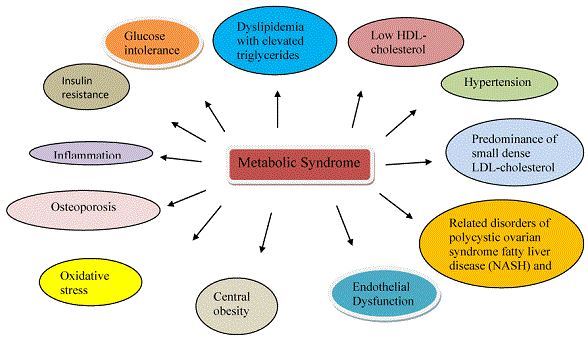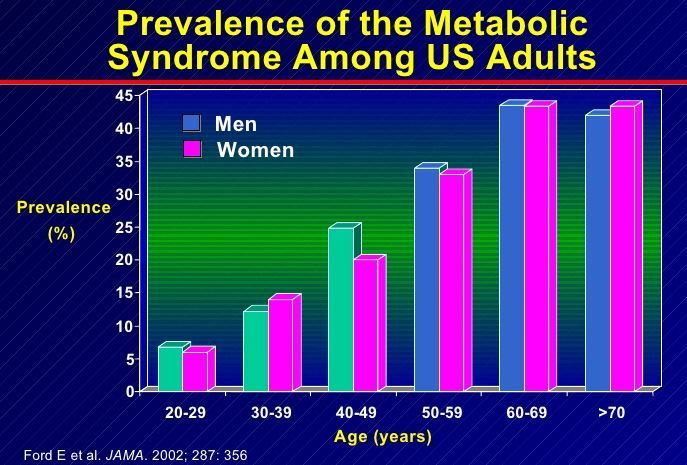Waist size reduced 3 cm by Vitamin D in those with Metabolic Syndrome
Association between serum vitamin D and metabolic syndrome in middle-aged and older adults and role of supplementation therapy with vitamin D.
Ann Ist Super Sanita. 2017 Jan-Mar;53(1):54-59. doi: 10.4415/ANN1701_11.
for remainder of 6 months | | < 10 ng | 50,000 IU weekly
4 weeks | 25,000 IU weekly 4 weeks | 25,000 every two weeks | | 10-20 ng | - | 25,000 IU weekly 4 weeks | 25,000 every two weeks | | 20-30 ng | - | 25,000 every 2 weeks for 8 weeks | 25,000 once every 4 weeks | Note: some other groups have all loading dosing completed in 1 week, or even one day Study did not test vitamin D levels at the end of the 6 months, but probably those getting > 30ng of Vitamin D would have had much more than a 3 cm reduction in waist size 1. See also VitaminDWiki * Vitamins To Speed Up Metabolism And Aid Weight Loss – May 2011 * Overview Metabolic Syndrome and vitamin D * Weight loss and Vitamin D, Calcium, and Magnesium * Dieters lost 5 more pounds if achieved more than 32 ng of vitamin D – RCT March 2014 * Less weight gain if add Vitamin D, even if have a high fat diet (in rats) – RCT Dec 2017 * Obese are 30 percent more likely to have poor Vitamin D Receptor – Aug 2017 * There are many ways to get-around the Vitamin D Receptor problem 1. Overview Loading of vitamin D contains the following {include} 1. # Items in both categories Obesity and Metabolic Syndrome are listed here: {category} Images from web


📄 Download the PDF from VitaminDWiki

Verrusio W1, Andreozzi P1, Renzi A2, Musumeci M1, Gueli N1, Cacciafesta M1.
1 Dipartimento di Scienze Cardiovascolari, Respiratorie, Nefrologiche, Anestesiologiche e Geriatriche, Sapienza Università di Roma, Rome, Italy.
2 Dipartimento di Psicologia Dinamica e Clinica, Sapienza Università di Roma, Rome, Italy.
OBJECTIVES: To evaluate i) the correlation between vitamin D (vit. D) serum concentrations and metabolic syndrome (MetS); ii) the efficacy of 6 months supplementation therapy with vit. D.
METHOD: 200 patients were enrolled. Blood analyses and anthropometric measurements were carried out. Patients with hypovitaminosis D received an oral supplement therapy.
RESULTS:
81% of the sample shows vit. D levels < 30 ng/mL. Rate of MetS was significantly higher in vit. D deficiency group than in vit D insufficiency (p = 0.009) and sufficiency (p = 0.002) groups. Vit. D shows a significant negative correlation with both waist circumference (WC) (ρ - 0.202 p = 0.004) and glycaemia values (FBG) (ρ -0.185 p = 0.009). After the supplementation therapy in a group of 60 subjects a significant increase in vit. D levels (p = 0.001) and a significant reduction in WC values (p = 0.001) were observed.
CONCLUSIONS:
MetS, WC and FBG appeared to be associated vit. D status and it is well-known that central obesity, with the inflammatory alterations thereto correlated that determine insulin resistance, can be considered the "primum movens" for the development of MetS.
PMID: 28361806 DOI: 10.4415/ANN1701_11
